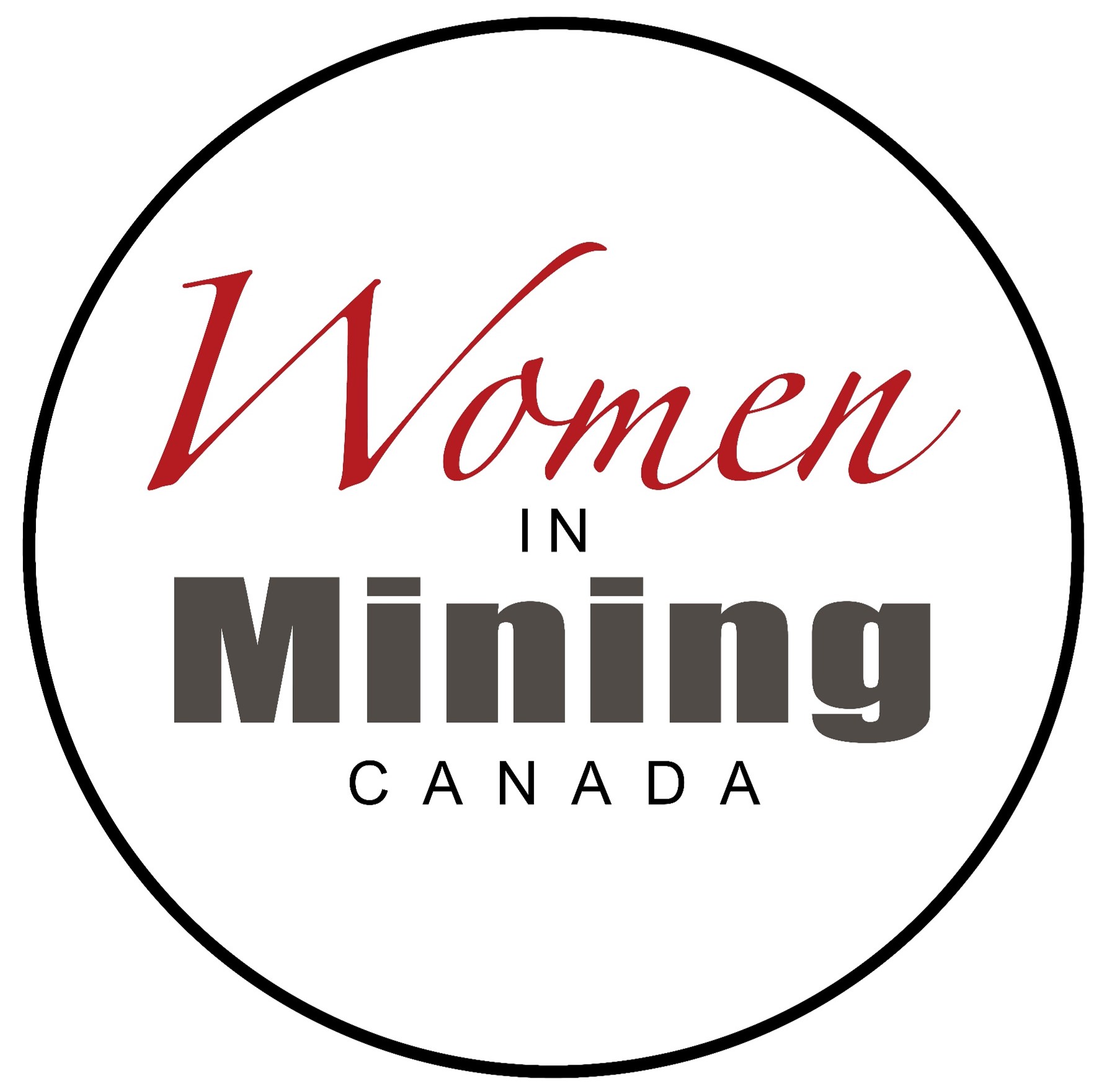4. Destabilized Industries: A Call For Attention to Intangible Assets for Recovery

In 2019 volatile markets, rapid changes, globalization, education, and digitization in our society were challenging workplaces.2 That was before the global pandemic further destabilized industries driven by lockdowns and physical distancing. While McKinsey & Company (2020) projected a resilient recovery for many, including the mining industry3, analysis did not account for the existing tight labour market or aging workforce. As many begin speculating about the longterm impacts and solutions for recovery from the coronavirus on the economy, many are basing predictions on pre-pandemic terms, an oversight that could prove costly. Carlyle Global Insights reiterates that “those who conceive of this shock as a temporary disruption akin to a seasonal fluctuation miss its enduring features and may be inclined to manage businesses and investment portfolios backwards towards a world that has ceased to exist”.4 For this reason, as the mining industry looks for their road to recovery, special consideration and value for intangible assets, specifically human capital and talent management, is necessary.
One need not look further than the inception and growth of virtual and artificial intelligence solutions indicating that, in our current digitally driven economy, value results from: ideas, research and development (R&D), brands, content, data and perhaps most importantly to destabilized industries, such as mining – human capital. While tangible assets have previously been the focal point driving leadership strategies (mainly because current accounting rules do not allow intangible assets to be capitalized or recorded on balance sheets5), intangible assets now account for nearly 85% of corporate enterprise value, even though they are not accounted for unless they are acquired and characterized as goodwill6. Furthermore, several studies already indicate intangible assets for their hugely important effects on the pace of employment and corporate revenue recovery. Put simply, in 1975, the overall value of the S&P 500 was $715 billion, of which, 17% was intangible. By 1995, intangibles listed at 68% of $4.6 trillion. In 2018, intangibles listed 84% of $25 trillion.7
Moving forward talent management is forecast as a larger consideration than most industries have planned for.8 Recovery, performance and growth are becoming more directly tied to human capital. As such, organizations will begin to rethink the halfday training that allows them to check off the talent, diversity, inclusion, and employee engagement box. In fact, MIHR’s Canadian Mining Labour Market 10-Year Outlook (2020), further amplifies the warning signals.9 With a vision to build an inclusive, skilled, and sustainable Canadian workforce, leaders must acknowledge (1) the tight labour market, (2) opportunities for a larger more diverse workforce, and (3) overcome turnover generated by the initial lack of understanding of diverse talent. It is encouraging to see that of the recent organizations polled, 82% said they have a program in place for recruiting diverse candidates. However, looking ahead, this whitepaper aspires to provide solutions so that the diverse talent recruited are retainable, with companies understanding that inclusion does not simply occur by providing income for time and services, or inviting someone to a special team or committee.
Organizational belonging, membership, and identification transforms the relationship between employees and their workplace. When organizations lack the understanding that diverse talent needs to feel they belong and are valued, many fall short, leading to recruitment targets being met, but turnover, productivity, and performance falling short.10
With a vision to build an inclusive, skilled, and sustainable Canadian workforce, leaders must acknowledge (1) the tight labour market, (2) opportunities for a larger, more diverse workforce, and (3) mitigate the turnover generated from a lack of belonging with diverse talent.
Additionally, the Mining Industry of Canada also weighed in noting that for Canada to maintain their global status in the sector, efforts will be required in more than the environment, science, and technology, areas that have secured primary focus years prior. Innovation, skills training, and global leadership are essential areas needing initiatives to address the barriers to growth that currently exist from a lack of diversity and inclusion and succession planning within the mineral exploration and mining sector.11
Ultimately, the most poignant test existing today for all leaders looking to rebound from the pandemic, is how well they will build the next generation of workers and leadership. To support the Canadian mining industry in its recovery from the pandemic and prevent further shrinkage due to an aging population and brain drain12, this paper will focus on stabilizing the workforce through culture and belonging.
